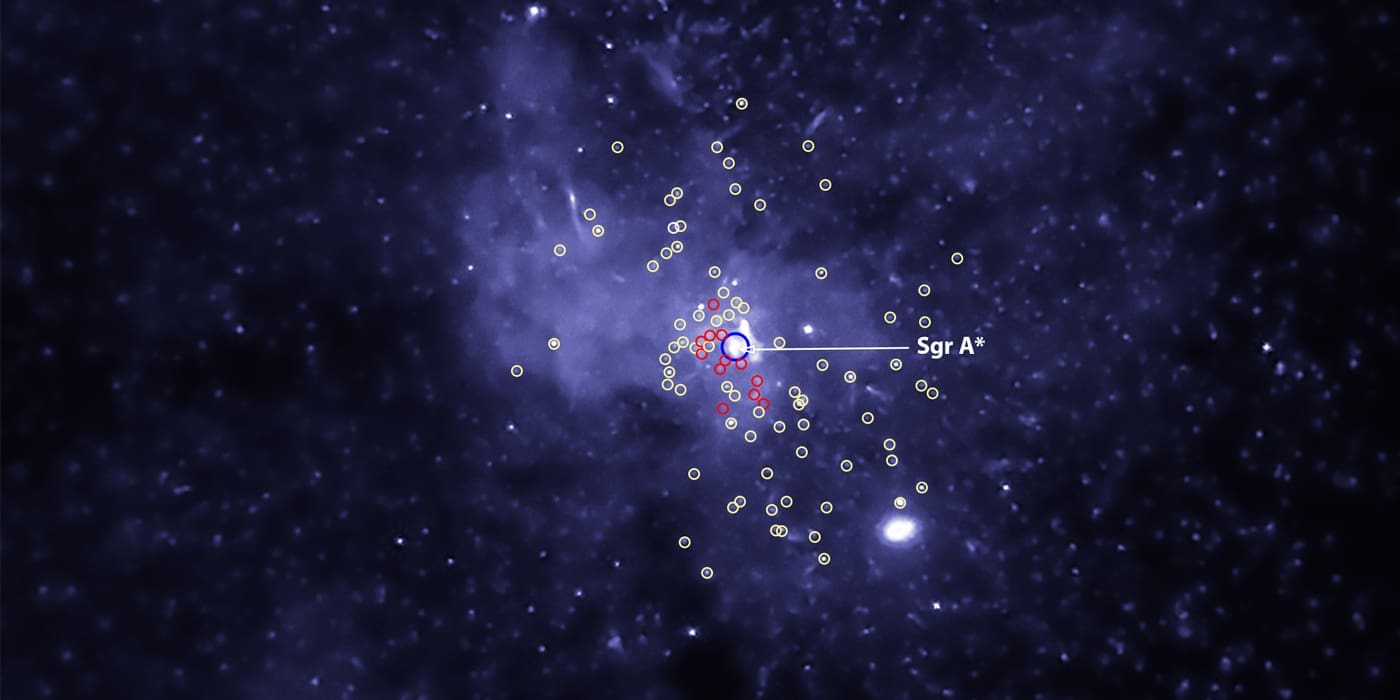A Big Black Hole
S2 and Sagittarius A*
Supermassive black holes have been long steeped in the fixture of astronomical discovery for centuries. First hypothesized in 1971 by Donald Lynden-Bell and Martin Rees, the first supermassive black hole was expected to be located smack-bang in the middle of the Milky Way, named Sagittarius A*. A few years later, scientists discovered that this black hole wasn’t just speculation – it was true.
Albert Einstein’s 100 year-old theory that light stretches and expands by extreme gravitational pulls has been tested by a group of scientists in Berlin recently. The Sagittarius A* supermassive black hole is 4 million times heavier than the sun, contains billions and billions of particles and is approximately 26,000 light years from earth.
It was the first time ever that this theory has been tested so close to a black hole. The mission into the black abyss started 26 years ago with the European Southern Observatory’s Very Large Telescope when they found a star (named S2) that would cross close to the black hole in 2018.
As S2 approached Sagittarius A*, the gravitational pull stretched the star’s wavelength, changing its colour from blue to red, proving Einstein’s theory right and providing key information for further astronomical discovery. Now it’s just a waiting game – to see what scientists can pull out from this new finding, and how they can further their discoveries in the infinity of space.

